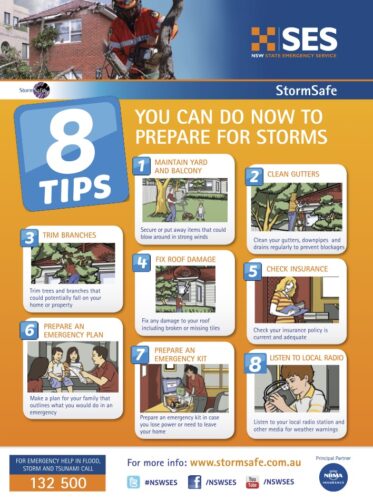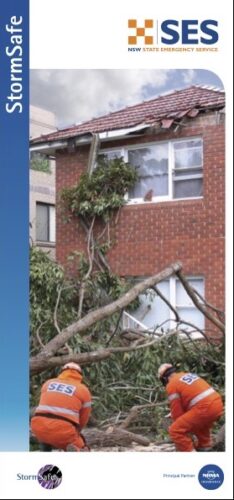Storms & Cyclones
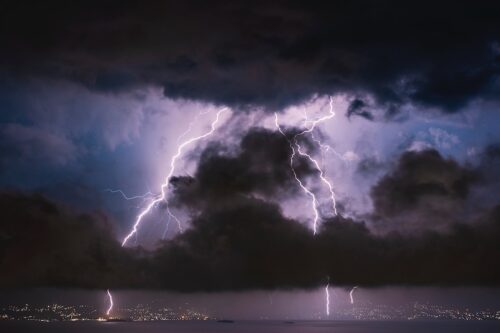
Image: Unsplash / Tasos Mansour
Severe thunderstorms are the most damaging types of storms in New South Wales and tend to occur during the months of October through to March.
Living close to the bush means that storms can bring trees down around your homes as well as cause power outages.
Storms can also cause flash flooding which can be hazardous.
The SES have useful information on recognising the common types of storms in NSW.
CYCLONES
Cyclones are less common this far down the east coast, but as we saw with ex-tropical Cyclone Alfred in March 2025, they can happen and it’s important to know what to do in order to prepare.
Use the tabs below to get prepared Before, During and After an event.
Before a Storm
STEP 1: Know Your Risk
Storms can occur at any time.
During storms, it is likely that you will experience heavy rainfall, strong winds, hail and rising water levels (flash flooding) leading to trees and branches falling, and damage to power lines, houses and properties.
Be aware of the environment you live in.
Be prepared by taking the steps below to be safe and to keep those around you safe.
STEP 2: Plan
- Know who to call
- Prepare an emergency plan.
- Prepare your emergency kit.
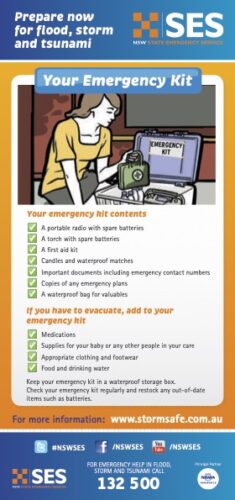
Download postcard ‘Emergency Kit’
Read the information below by the SES on getting prepared for storms:
Download the SES’ ‘Storm Prepare’ sheet
Go to the SES’ ‘Prepare your Home’ page
Make your emergency plan
The NSW SES has developed an online Home Emergency Plan for households to use to plan for floods, storms and tsunami. Go to the link below to make your emergency plan.
Go to the SES’ ‘Home Emergency Plan’ page
Make an emergency plan for your animals/livestock
The SES has some excellent resources on their Get Animals Ready page on their website, everything from planning for small animals to large animals and livestock, and what to do when you’re not home.
Download the SES’ ‘Get Animals Ready’ fact-sheet
Plan your water source, electricity and gas supply
In an emergency situation, electricity connections may be down.
Consider alternatives such as gas cookers and generators if you are in an area that is likely to be cut off momentarily if river levels rise or if power outages occur.
Think about your water source if your water tank pump fails or if the town water supply is contaminated and you are unable to leave your home to get supplies.
Download the BOM Weather App for localised weather warnings and forecasts
![]()
Join your neighbourhood hub & get to know your neighbours
If you are already not part of your neighbourhood hub, find and connect with your hub leader if you are in Uki or Greater Uki.
Get to know your neighbour and check in regularly with each other.
Go to RUKI’s ‘Neighbourhood Groups’ page
STEP 3: Prepare
The steps below suggested by the SES may help you prepare for a storm:
- Clean your gutters, downpipes and drains
- Trim trees and branches
- Keep your roof in good condition
- Check your insurance policy
- Listen to your local radio station – ABC North Coast, 94.5FM
Check out the storm safe guide from the SES to help you prepare.
Download the SES’ ‘Storm Safe Guide’
During a Storm
Keep updated of severe weather warnings and severe thunderstorm warnings on:
- the NSW SES website
Go to the SES’ ‘Community Advice’ page
- the Bureau of Meteorology website
Go to the BOM’s’ ‘Warnings’ page
- Local and statewide Media across NSW
Know your warnings – go to the SES link below
Go to the SES’ ‘Storm Warnings’ page
During a storm, you may be in a situation where access roads are blocked or you have no power, utilities or telephone connection.
- Be alert and observe the environment around you. Flash flooding and landslips may occur during a storm
- Never enter or travel through floodwater
- Bring children and pets indoors, away from windows
- Stay clear of creeks, drains, causeways, gutters, streams, fallen trees, power lines and damaged buildings
- If driving, put your hazard lights on and pull over to the side of the road keeping clear of drains, causeways, streams, creeks, trees and power lines
- If outdoors, seek secure shelter away from drains, causeways, streams, creeks, trees and power lines
- Listen to your local radio station and other media for information, updates and advice
- Unplug and avoid using electrical equipment connected to mains power, landline phones and modems
Follow your emergency plan if you need to leave.
After a Storm
It is important that you assess if there are hazards around you once the storm has passed.
- Take care on the roads if you are driving. Report fallen powerlines by calling Essential Energy 132 080.
- If you need assistance from the NSW SES because you have damage to your property or access to your property is blocked, call 132 500.
- In life-threatening emergencies, call 000 (triple zero)
- Continue listening to ABC North Coast on 94.5FM for information, updates and advice
- Check your house or property for damage (you may need to get experts in to check structural stability).
- Act with safety in mind when clearing up after storms (wear appropriate clothing and have experts check things like electricity, sewage and water supplies
- Do not drink water that has been exposed to storms
- Do not eat food that has been exposed to storms
- Stay clear of creeks, drains, causeways, gutters, streams, fallen trees, power lines and any damaged buildings
- Check to see if your neighbours need help
The Australian Red Cross have put together the following advice on cleaning up after wind and water damage.
Download the Red Cross’ ‘Cleanup’ fact-sheet
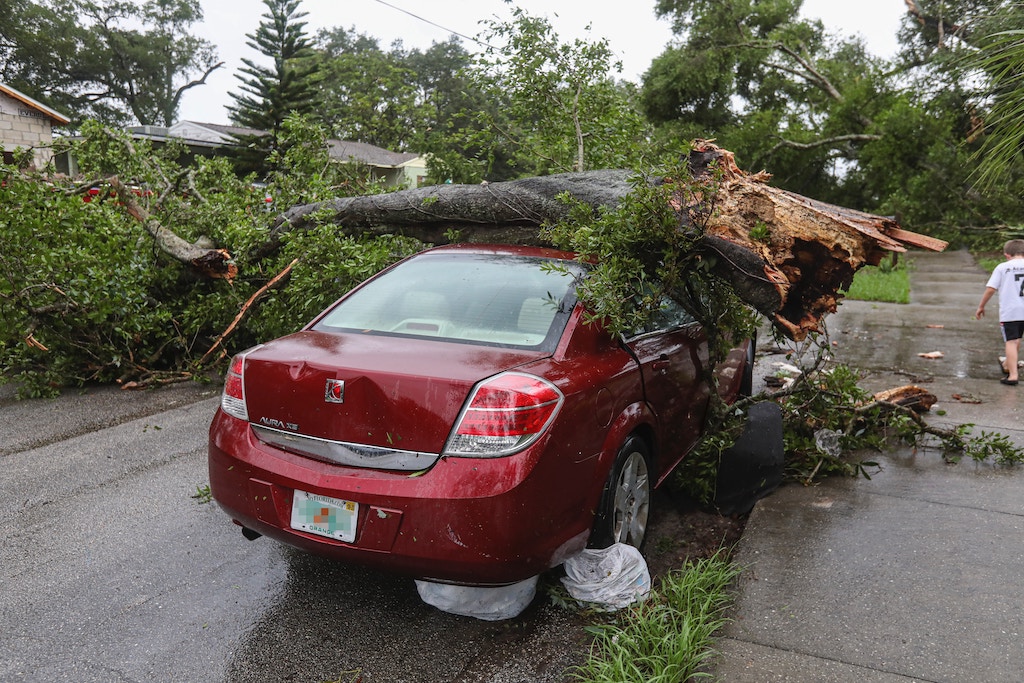
Stay informed and go to the useful Apps, Numbers & Links page to download relevant apps and bookmark links.
CALL 000 in an Emergency
For Flood or Storm help
phone SES on 132 500
For Loss of Power, fallen Powerlines contact essential energy on 132 080
